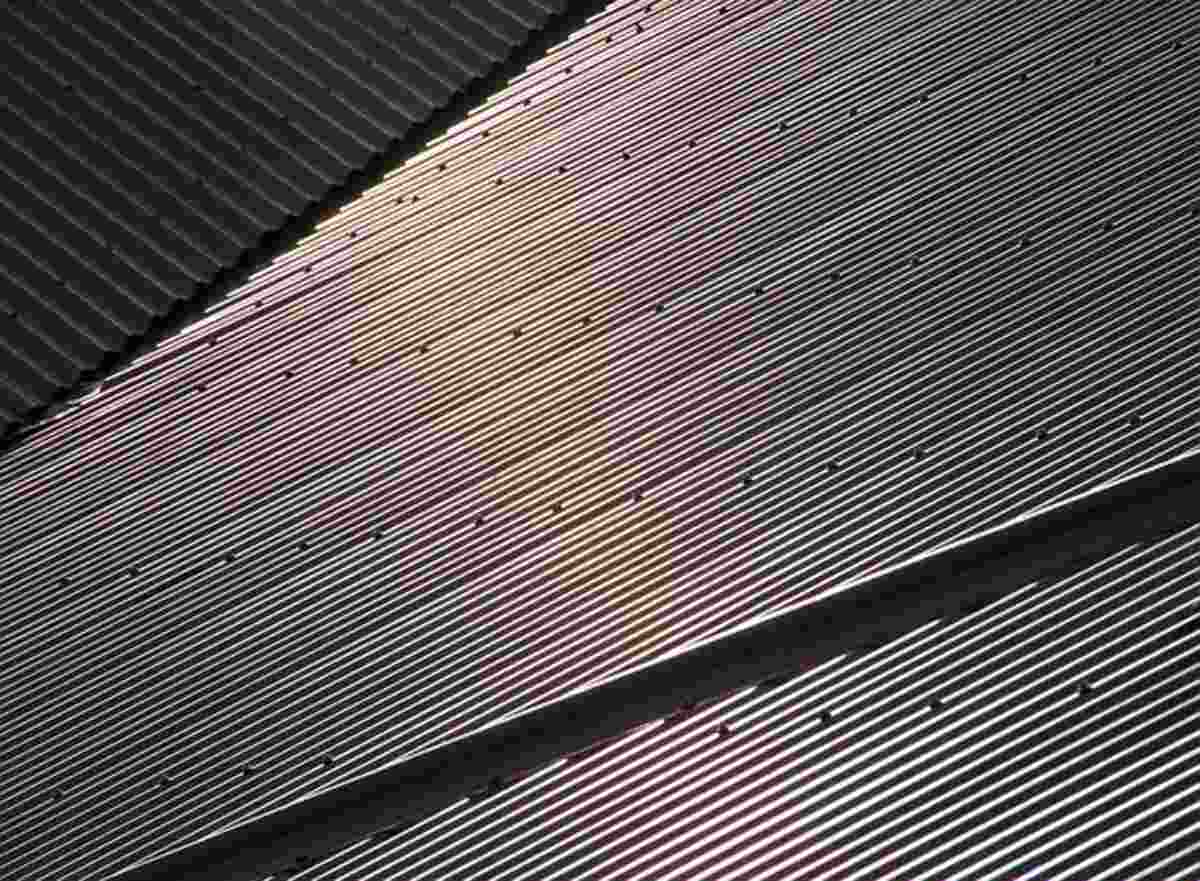Metal roofs can be installed in several different methods. Nonetheless, I advocate for this approach.
If your roof is covered in standard shingles, you should start by removing them and picking up any protruding nails. A roofing spade is all that’s needed for this task. A level, flat surface is ideal for your project. A roof with a steeper pitch will be more challenging to walk on.
I’m going to assume you know something about carpentry. After the roof has been cleared of debris, the first step is to cover it with #30 felt paper. Begin at the roof’s base and run horizontally, letting the bottom edge dangle a quarter inch or so over the ridge. Staplers or staple guns with 3/8- to 1/2-inch staples are my go-to for fastening paper together. A staple every 12 to 16 inches down either side is recommended. When that run is finished, begin a fresh run just above it, overlapping it by about 2 inches. If lines are on the paper, follow them to the first line and overlap. Keep going like this until you reach the very pinnacle of the roof. Place an overlap of two to three feet over any dips or ridges. This need not be aesthetically pleasing, as no one will see it. However, you should make sure that the entire roof is covered.
The first metal sheet must be started straight, so I follow these steps. Metal roofing material has two types of edges: lap and lapped. Lapped edges have a flat region measuring about a quarter of an inch before the pronounced ridge, while lap edges do not. If you want the lapped edge to fit snuggly over the edge of the second piece you’re installing for support, you should always start with the lapped edge facing away from the direction you’re heading. First, with your measuring tape in hand, place the first metal piece so it protrudes a few inches from the roof’s peak. This will allow water to collect in the gutters. Both sides should measure precisely the same and sit flush with the outside edge of the nose board when it ascends the roof.
Now, measure the same distance down from the peak at the opposite end of the roof and draw a line. Draw a line with chalk from the top of the panel to the mark you just made. Follow this line to center the upper edges of your boards. Next, slide in the forum so that its top edge is flush with the chalked line and its bottom edge is flush with the edge of the panel below it. I like to screw in a couple more screws at the very top, beside the metal ridges. Then, secure the board with 2 or 3 screws, spaced out by about 6 inches from the bottom. (Standardization requires measuring, so do it. Follow this procedure until you reach the apex of the roof. The final component will likely require some trimming to ensure a snug fit. Use a rock blade in a circular saw or tin snips, but be careful to protect your hands with sturdy leather before attempting this. When installing a metal roof, a few dings and scratches are inevitable. Cutting around vent pipes or vents requires as much accuracy and tightness as feasible. The metal supplier you choose should stock vent pipe boots. These are pretty obvious.
When I finish a section of the roof, I generally go back and screw it down, but if the wind is mighty, you may want to do this as you go. Screws should be spaced 2 feet apart vertically and placed to the right of the ridges if walking from left to right (cliffs are usually 9 inches apart on traditional metal roofs, so you should place your screws about half an inch away from the ridge). A chalk line can ensure that the rows of screws remain straight. This is only required in the horizontal direction. When this side is securely fastened, move on to the other side of the roof and do the same thing.
The time has come to put on the ridge cap and the closures. A closure is a flap of neoprene foam that seals off the ridge cap, preventing water and insects from entering. If you want perfectly straight pop lines (Chaulk lines), measure the ridge cap’s width and divide it in half. To rephrase, if your ridge cap is 10 inches broad, draw a line 5 inches down from the peak on each side.
In a perfect world, two to four inches of metal would be above the popped line.
Now, grab your closure strips and install them along the length of the roof, half an inch over the line on both sides. At both ends, they will meet and interlock. Remove any surplus material from the very end. To ensure accuracy, carefully align the ridge cap over the fasteners while staying on the popped lines. Drive a screw down through the cap and onto a ridge of the metal roofing (not the flat) at a distance of about 9 inches; do this on both sides; trim the final hill to fit.
The second installment will focus on trimming accessories and cutting valleys and hips. Have a wonderful day, but always remember to put your safety first.
A. Van Clendenin
Read also: https://mycheapseo.com/category/technology/
